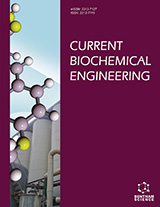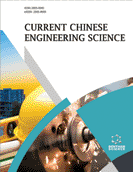Abstract
The aim of this review paper is to highlight the recent developments in downstream processing of biomolecules using reverse micellar extraction (RME) technique. Reverse micelles (RMs) are a nanometer size aggregation of surfactant molecules in organic solvents. The inner core of RMs contains an aqueous phase, which can solubilize biomolecules such as amino acids, proteins, enzymes, and DNA. RME is a two-step purification technique, which involves solubilization of biomolecule into RMs (forward extraction) and recovery of these biomolecules from RMs to fresh stripping phase (back-extraction). Solubilization and the recovery of biomolecules are possible by altering processing parameters like pH of aqueous phase, type of salt, ionic strength, type of organic solvent, surfactant type, phase contact time, operating temperature and size of RMs. The importance of these processing conditions has been discussed in detail in this review. Mathematical modeling of mass transfer in RME is also covered. This review highlights the application of RME in biomolecule purification from the natural source, nanoparticle synthesis, refolding of proteins and selective separation of biomolecules from a mixture. Apart from this, we have also discussed about the integration of RME with other downstream processing (DSP) techniques, recent developments in innovative cost effective RME technique, recycling of RME components and future prospects for RME.
Keywords: Nanoparticulate, reverse micellar extraction, downstream processing, surfactant, biomolecules.
 47
47 1
1 1
1 1
1

















